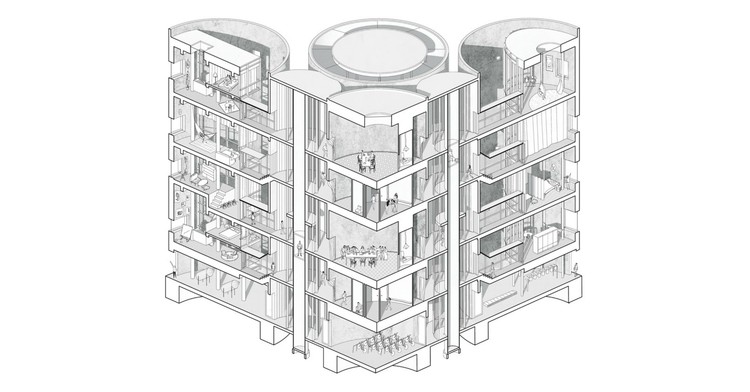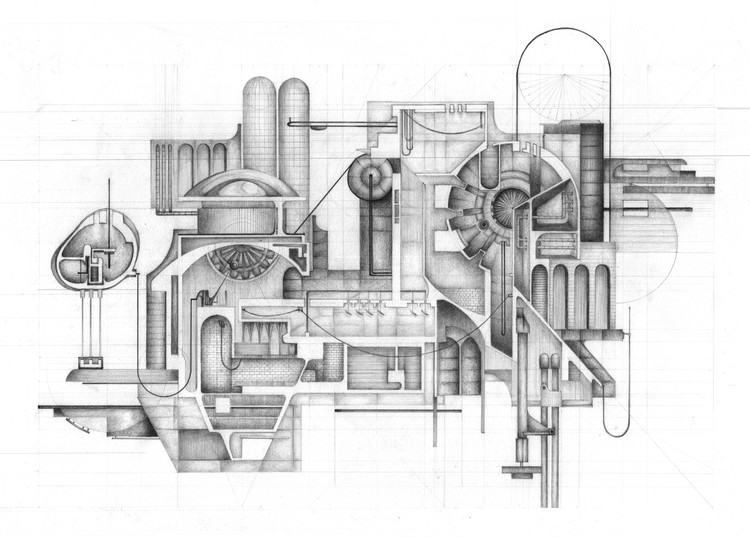
When it comes to forms of architectural representation, there is no method more expressive or foundational than the drawing. The series of decisions—drawing utensil, paper type, line style, hand versus digital—combined with the choices of what an architect includes (or excludes) in their drawings reveal the true intentions behind the design of a project in perhaps the noblest and purest fashion.
In previous years, we've published round-ups of our favorite images from our database of selected projects (which we will do again this winter!), but this year, we wanted to do something a little different to engage with our community: we asked our readers to submit their own best drawings. The response was overwhelming – we received more than 1200 drawings from our network of readers across the globe, ranging from atmospheric perspectives to interpretive sketches to highly-technical sections.
From those submissions, the ArchDaily team has selected 80 of our favorites, organized into 7 categories: Visualizations, Axonometric - Isometric, Sections, Collages, Context, Sketches and Plans.
Check them out, below.
Visualizations















Axonometric - Isometric


.jpg?1503608498)











Sections









Collages








Context













Sketches







.jpg?1503608599)

Plans







The Best Architecture Drawings of 2016
90 Designing and building a project is a challenge in itself. However, once the project is complete there are also challenges in expressing the project so that it can be understood by a new audience. This is especially true in digital media, where online readers don't necessarily spend the same time reading an article as in print media.
The Best Architecture Drawings of 2015
We believe good projects should be able to express and explain themselves. Architectural representation plays a fundamental role in how a project is perceived by the audience, which is why today ArchDaily is recognizing the most outstanding, original and self explanatory drawings of the year.
The Computer vs The Hand In Architectural Drawing: ArchDaily Readers Respond
In the architecture world, there are a handful of persistent debates that arise time and time again: the challenges of being a woman in the field of architecture is one of them, for example; the problems of a culture of long hours and hard work is another.
7 Ways to Use Animated GIFs to Improve Your Project Presentation
Introducing movement to drawings and diagrams is an excellent way to show the development and progress of ideas fundamental to a project. Animated GIF s can therefore be a useful tool to improve your project presentation, explaining in a lean way a large amount of complex information.






















































.jpg?1503608498)




